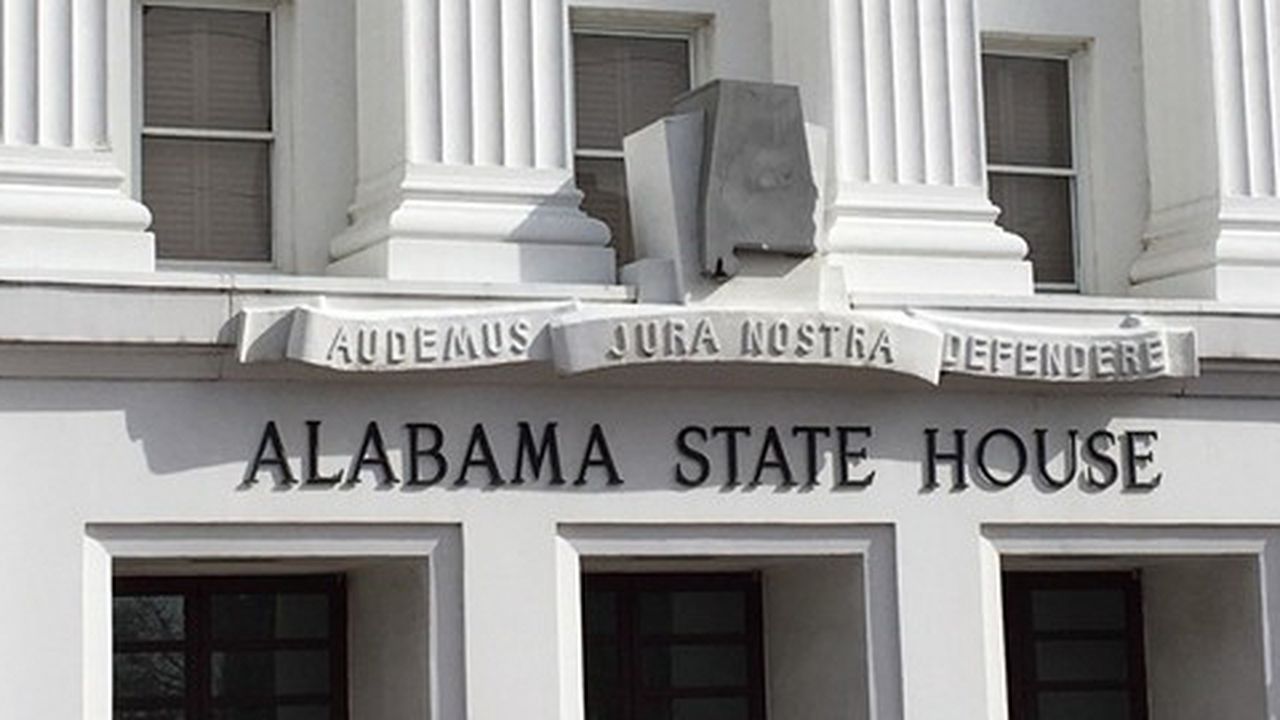Bills to make modest cuts to Alabama income tax advance
Alabama lawmakers are considering two bills that would make modest cuts to the state income tax, proposals that would save taxpayers a total of an estimated $81 million a year when fully implemented.
The House education budget committee this morning approved the bills by Rep. Danny Garrett, R-Trussville, who is chairman of the committee.
Alabama taxes income at rates of 2 percent to 5 percent. The state collects the 5 percent rate on most income, because it applies to the taxable income starting at $3,000 for individuals and $6,000 for couples. HB115 by Garrett would gradually reduce the rate to 4.95 percent over five years. That would save taxpayers a total of $6.4 million the first year. The savings would increase each year until the total annual savings reached $57 million in 2029 and thereafter, according to the fiscal note on the bill from the Legislative Services Agency.
Alabama’s 2 percent rate applies to the first $500 of taxable income for individuals and the first $1,000 for couples. HB116 by Garrett would eliminate the 2 percent bracket, so there would be no state income tax collected on those earnings. The fiscal note attached to the bill said it would save taxpayers $24 million annually.
Garrett acknowledged that the savings for taxpayers would be modest. But he noted that Alabama is a low-tax state, and that when combined with tax cuts approved the last few years, the cumulative effect would be substantial. Also, the state income tax is the largest source of state money for public education. That means lawmakers must weigh tax cuts against the impact on the education budget, Garrett said.
“We already have the lowest tax collections per capita in the country,” Garrett said. “So I think there’s a balance between what we can do to reduce taxes, which we want to do, but also to provide the level of services to make us competitive with other states for education dollars, for a variety of things we need for government services. So these are modest tax cuts, things that would not jeopardize the budget, but they are steps. And we’re building these things. We’ve done these over the last three or four years. So when you add up the cumulative effect of those it’s a pretty substantial number.”
Last year, the Legislature approved a bill to exempt from the state income tax up to $6,000 in taxable retirement income for people 65 and older, such as withdrawals from 401(k)-type accounts and individual retirement accounts.
Another bill passed last year will eliminate the minimum amount businesses were required to pay under the privilege tax, a savings for the estimated 230,000 small businesses that paid the $100 minimum. And another raised the standard deduction that families can use to reduce their state income tax liability.
Alabama lawmakers are considering other tax cuts this year because the state has more money to support the education and General Fund budgets than most years, especially the education budget, which has a surplus of about $2.8 billion. Those include proposals to repeal the state sales tax on groceries, to make overtime pay exempt from income tax, and a one-time tax rebate. Garrett said the Legislature will have to figure out which ideas can work best.
“We have to see what’s on the table and understand what the budget can sustain,” Garrett said. “We do not want to put the education budget in jeopardy. So what we are recommending with these tax cuts this morning and what we’ve been doing the last several years has been building on this strategy of trying to target and give relief where we can give it without jeopardizing the budget.
Alabama collects fewer dollars in state and local taxes per capita than every other state but Tennessee, the Public Affairs Research Council said in a report released in December. State and local taxes in Alabama were $3,756 per capita. Tennessee, at $3,719, was the only state lower. That did not include revenue Tennessee collects from a state lottery, which would raise it above Alabama, the report notes. Nationally, the median state and local tax collections for states was $5,210. The average in southeastern states was $4,091.
The income tax bills approved by the committee today are now in position for consideration by the full House.
